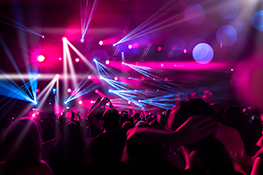In today’s post, we will delve into the world of stage lighting and provide you with all the essential information you need to know. Stage lighting plays a crucial role in enhancing the overall atmosphere, setting the mood, and bringing performances to life. Whether it’s a theater production, concert, dance performance, or any other live event, stage lighting is an indispensable element that can make or break the immersive experience for both performers and the audience.
The Importance of Stage Lighting
Stage lighting is not just about illuminating the performance space; it is a powerful tool that can evoke emotions, create focal points, and guide the audience’s attention. The strategic use of lighting can transform a scene, convey a specific time of day, or even transport the audience to a different world altogether.
Types of Stage Lighting
There are various types of stage lighting fixtures, each serving a specific purpose. From spotlights and floodlights to LED fixtures and moving lights, the possibilities are vast. Understanding the characteristics and applications of different lighting instruments is essential for creating impactful and visually stunning effects on stage.
Lighting Design Principles
Crafting an effective lighting design involves more than just placing fixtures in the right positions. It requires an understanding of color theory, intensity, and the interplay of light and shadow. By mastering these principles, lighting designers can sculpt the stage, enhance the performers’ features, and draw the audience into the unfolding narrative.
Stage lighting is a dynamic and multifaceted aspect of live performances. By delving deeper into the intricacies of stage lighting, you can elevate the impact of any production and create unforgettable experiences for both performers and spectators alike.


 Auditorium Construction Services
Auditorium Construction Services 